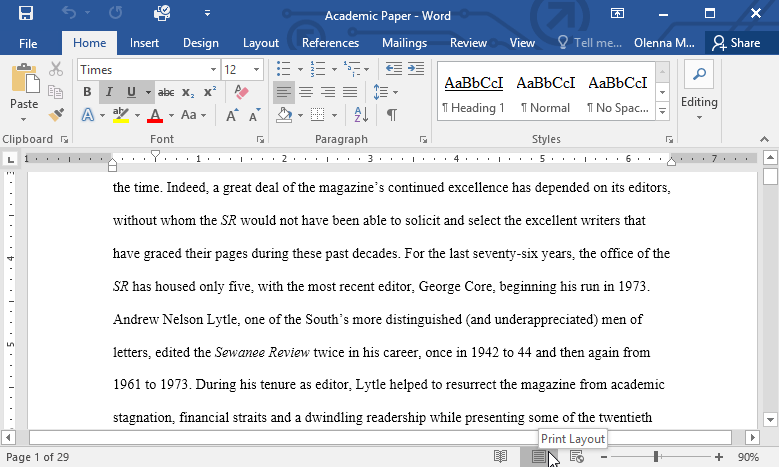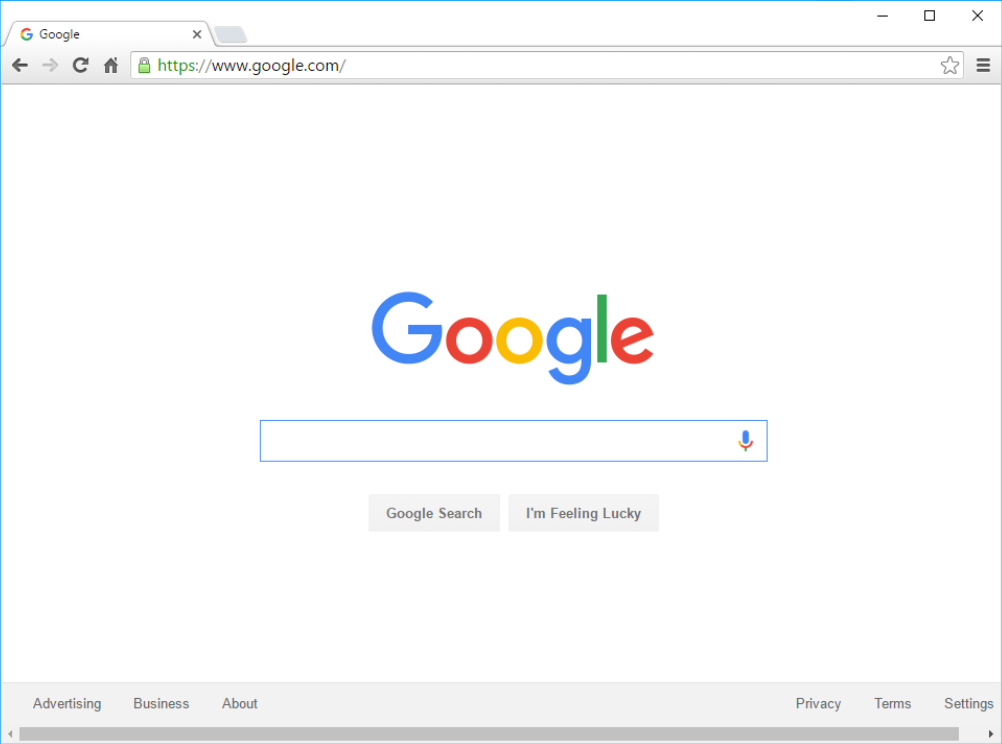So, what does Modern Apps Development really entail? Of course, you may have heard people talking about using a Program, an Application, or an App. But what exactly does that mean? Basically, Apps are not ever as universal as they’re supposed to be. For instance, the top platforms for apps – Android, iOS, and Windows – will not always use the same formats.
And this frames certain problems for developers who want to create cross-platform apps. More often, the issues with developing an App that’s compatible with many different platforms come when trying to address the unique needs of each and every platform. Whereby, the App is expected to ensure both user experience, UI, and beautiful design.
Every computer and mobile device will come with some applications already built-in, such as a web browser and media player. However, you can also purchase and install new apps to add more functionality. You can review our lessons on Installing Software on Your Windows PC, Installing Software on Your Mac, and Free Software to learn more.
What Modern Apps Development Entails Plus Examples
Simply put, an Application (in short App) is a type of software that allows you to perform specific tasks. And then again, in other correlation — when talking about the modern apps development technicality — terms for both desktop or laptop computers, is that we sometimes call them desktop applications. While those for mobile devices are called mobile apps.
As an example, when you open an application, it runs inside the operating system until you close it. Most of the time, you will have more than one application open at the same time, which is known as multitasking.
An App is a common term for an application, especially for simple applications that can be downloaded inexpensively or even for free.
Many apps are also available for mobile devices and even some TVs.
1. Desktop Apps
There are countless desktop applications, and they fall into several categories.
Some are more full-featured (like Microsoft Word), while others may only do one or two things (like a clock or calendar app).
Below are just a few types of applications you might use.
Word processors:
A word processor allows you to write a letter, design a flyer, and create many other types of documents.
The most well-known word processor is Microsoft Word.
Web browsers:
A web browser is a tool you use to access the Internet.
Most computers come with a web browser pre-installed, but you can also download a different one if you prefer.
Examples of browsers include Internet Explorer, Mozilla Firefox, Google Chrome, and Safari.
Media players:
If you want to listen to MP3s or watch movies you’ve downloaded, you’ll need to use a media player.
Windows Media Player and iTunes are popular media players.
Games:
There are many types of games you can play on your computer.
They range from card games like Solitaire to action games like Halo.
Many action games require a lot of computing power, so they may not work unless you have a newer computer.
2. Mobile Apps
Desktop and laptop computers aren’t the only devices that can run applications.
You can also download apps for mobile devices like smartphones and tablets.
Here are a few examples of mobile apps.
Gmail:
You can use the Gmail app to easily view and send emails from your mobile device.
It’s available for Android and iOS devices.
Instagram:
You can use Instagram to quickly share photos with your friends and family.
It’s available for Android and iOS.
Duolingo:
With a combination of quizzes, games, and other activities, this app can help you learn new languages.
It’s available for Android and iOS. GCFLearnFree.org offers a variety of mobile apps.
You can go to our Mobile Apps page to download them for free.
How do you face the challenges of App Development?
When developing Apps, there are various challenges that do face the beginners.
So, to address various challenges of the cross-platform app development and to give you ideas on how to avoid most of these, I’ve fixed a checklist to develop cross-platform apps without a hassle.
1. Make Your App Attractive
The app should make searchers want to buy and use it. Everything about it should look and feel engaging and aesthetically pleasing to a potential user.
Outlook also should be one-of-a-kind, yet consistent across various platforms. It’s crucial for the particular app as well as overall brand success.
This basically means that to make a cross-platform app design approach for each platform varies whereas brand identity remains the same. This helps to guarantee that the app is best designed for each platform without losing recognition.
2. Use A Platform-Independent Approach
It is common for developers to focus on creating an app for one platform: iOS vs Android. This is not surprising when they generally test the app using only one platform or use one most frequently.
In order to address this problem, cross-platform mobile development should help build an app in the same way as web service. This offers a better structure for all platforms when the developer uses an independent programming module to set up the app.
Using a platform-independent app development approach will help to focus on particular results in performance for both engines.
3. Let UI Guideline For Both Platforms Happen
Addressing the needs of diverse platforms requires developers to also consider separate UI guidelines. This is important in cross-platform mobile app development when rendering a unique user experience.
The developer should be familiar with all of the requirements and guidelines for multiple platform app development before starting building the app itself. Once familiar with how the app on each platform operates the developer has both deeper understanding and knowledge about how to navigate the cores of the platform to ensure the app is perfectly handy for all engines.
There are many differences when it comes to developing a cross-platform app really. These can be simple or related to the overall usage of the app, e.g.: iOS platform uses a tab system that is not delivered on the Android engine.
Choosing to use a very specific feature to one platform would affect destructively the overall app usage. This can be solved by acknowledging developers with all platform scenarios to catch the most important features and to be able to perform these in a proper user-friendly way.
4. Make Friends With Designers
Getting ‘in’ with the design team is the best way to ensure all of the research is done to make the app usable for each platform.
Combining your knowledge with their skills helps identify pro’s and con’s of each app aspect and achieve different UX goals.
The teamwork with visuals and navigation of the app is the best way to optimize its’ aesthetics. The cooperation of designers and developers makes real wonders!
The design is not the only aspect of focus is important when developing an app for cross-platform usage. Pattern differences for each platform should really just enhance the user experience.
5. Use Reliable Cross-Platform Apps Modules
There are many benefits of using modules to help with app development for cross-platform handling.
This helps to reduce the time spent on development for various engines as well as give the widest exposure to native SDKs. The modules can also bring a lot of quality information in the process that can be used.
Third-party modules can help to mold unique UX throughout various platforms. It truly saves time when the modules have extensive toolsets. You also get a lot of flexibility when developing added features.
6. Take That To The Test
The unique combination that developers need to use in order to create a cross-platform application includes both universal elements applied to all engines as well as specific features for each one.
Testing the app on all platforms often can help to estimate progress and make required adjustments before getting to the point of no return.
7. User Is The Focus
When developing any application, the user should be the core link. It’s no different when developing a cross-platform app or a one for a particular engine really. Part of this is using the app from different platforms and being familiar with them from the development side.
This will help to understand the experience and have a better understanding of what needs to be done in order to enhance the usability and functionality of an application.
Read and learn more about How to Become a Mobile App Developer (A Complete Newbie Guide).
Related Sources;
- Operating System | What Is It & Which are the main types?
- Application Programming Interface Key Means What?
- Best Video Editing Apps and Software for YouTube Videos
- Malicious Mobile Apps & Look-alike Domain Scams Safety
- Progressive Web Apps – Beginners Learning Guidelines








